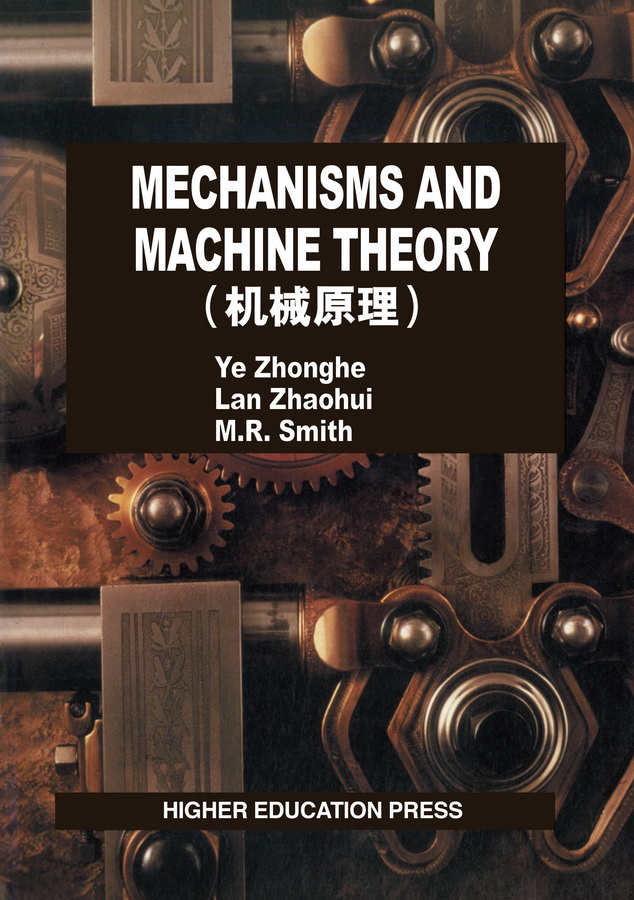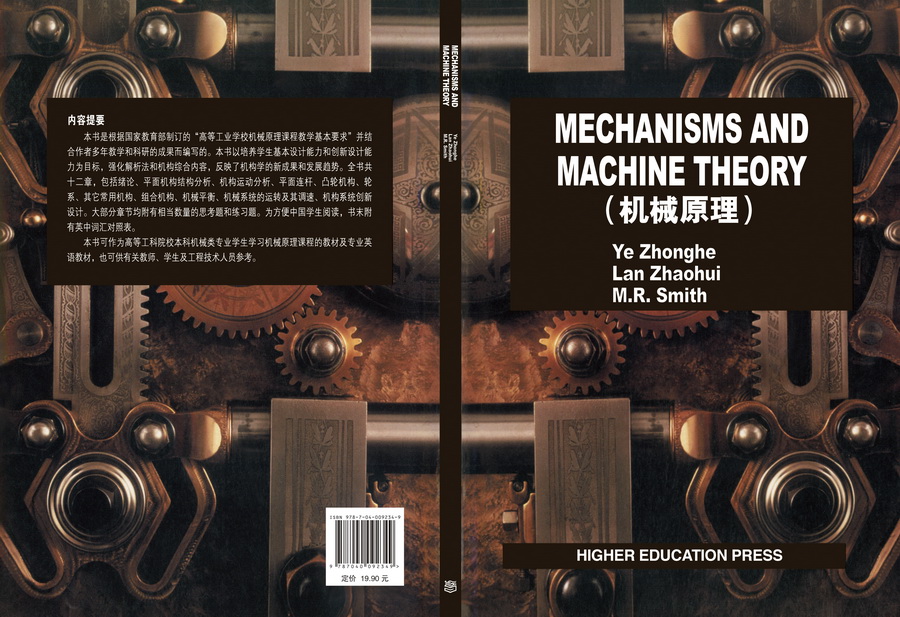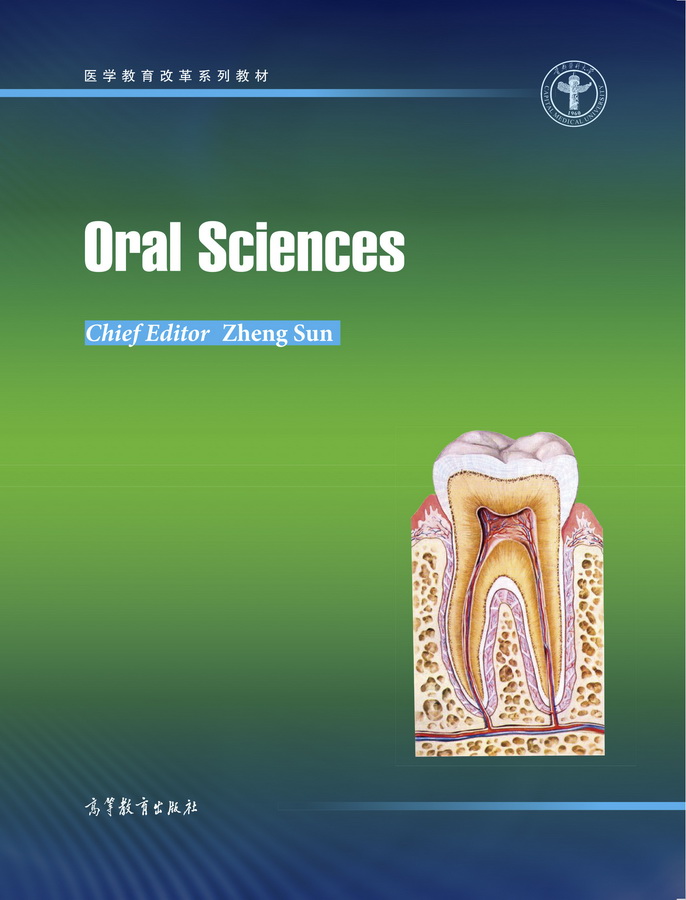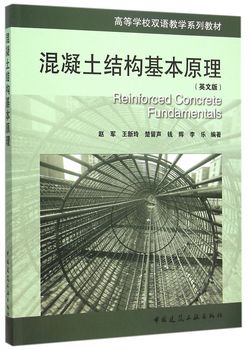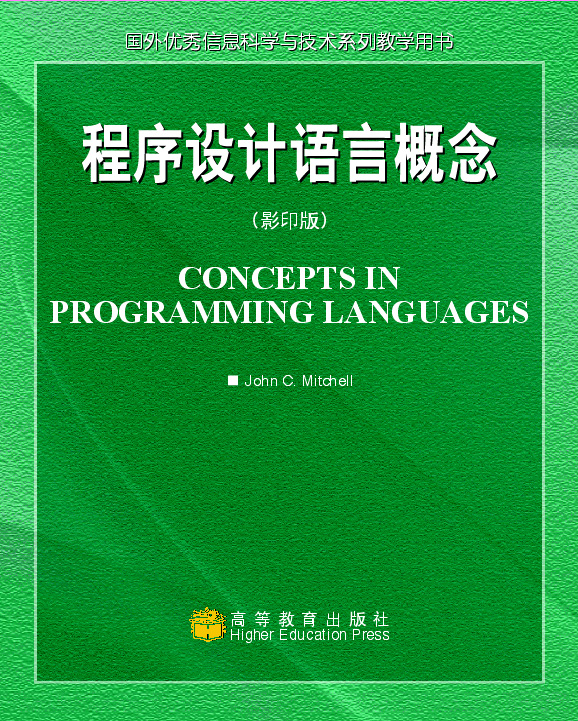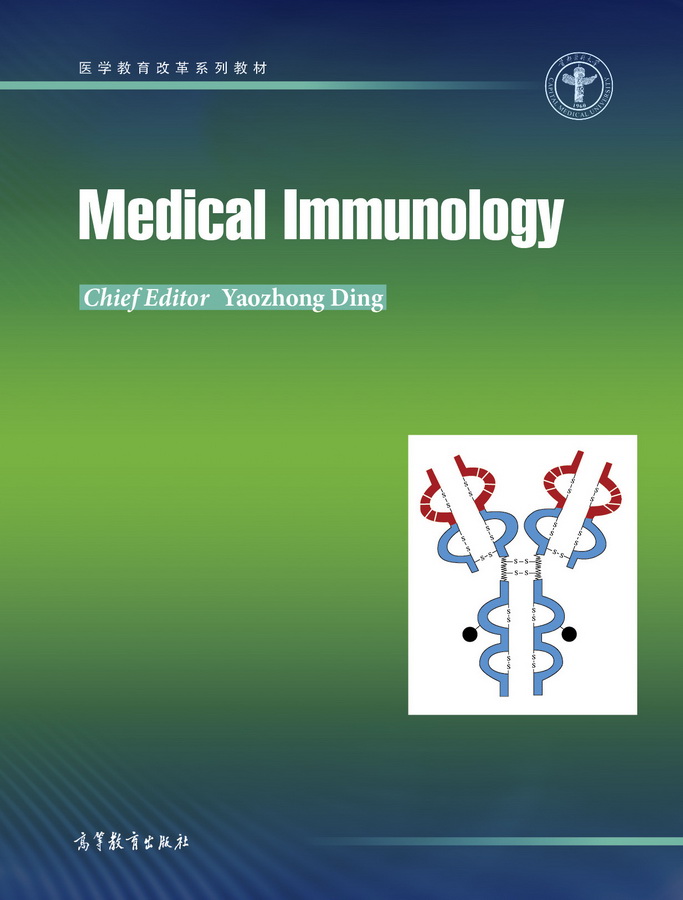- 高等教育出版社
- 9787040092349
- 1版
- 128513
- 48264849-0
- 平装
- 16开
- 2001-07
- 390
- 247
- 工学
- 机械类
- TH11
- 机械类
- 本科
This textbook is written according to “The Basic Teaching Requirements for the Course of Mechanisms and Machine Theory in Advanced Industrial Colleges”drawn up by the National Ministry of contains the authors results on teaching and scientific research during recent aims at cultivating students' basic design ability and creative ability in alytical methods and synthesis of mechanisms are is textbook reflects new achievements and developments current in mechanism together there are twelve chapters:Introduction,Structural Analysis of Planar Mechanisms,Kinematic Analysis of Mechanisms,Planar Linkage Mechanisms,Cam Mechanisms,Gear Mechanisms,Gear Trains,Other Mechanisms in Common Use,Combined Mechanisms,Balancing of Machinery,Motion of Mechanical Systems and Its Regulation,Creative Design of Mechanism the end of most chapters,many thinking problems and exercises are help Chinese students to read the text,an EnglishChinese vocabulary is ppended.
This book can be used as a textbook for the course of Mechanisms and Machine Theory or that of speciality English for undergraduates specializing in machinery in advanced engineering can also be used as a reference book for related teachers,students and engineering technicians.
前辅文
Chapter 1 Introduction
1.1 Study Object
1.2 Study Content
1.3 Purpose
Chapter 2 Structural Analysis of Planar Mechanisms
2.1 Planar Kinematic Pairs and Planar Mechanisms
2.2 The Kinematic Diagram of a Mechanism
2.3 Degree of Freedom of a Mechanism
2.4 Points for Attention during the Calculation of DOF
2.5 The Composition Principle and Structural Analysis
Problems and Exercises
Chapter 3 Kinematic Analysis of Mechanisms
3.1 Tasks and Methods of Kinematic Analysis
3.2 Velocity Analysis by the Method of Instant Centres
3.3 Kinematic Analysis by Analytical Methods
Problems and Exercises
Chapter 4 Planar Linkage Mechanisms
4.1 Characteristics of Planar Linkage Mechanisms
4.2 The Types of Four bar Linkages
4.3 Characteristics Analysis of Four bar Linkages
4.4 Dimensional Synthesis of Four bar Linkages
Problems and Exercises
Chapter 5 Cam Mechanisms
5.1 Characteristics and Classification of Cam Mechanisms
5.2 Follower Motion Curves
5.3 Plate Cam with Translating Roller(or Knife edge)Follower
5.4 Plate Cam with Oscillating Roller Follower
5.5 Plate Cam with Translating Flat faced Follower
5.6 Plate Cam with Oscillating Flat faced Follower
Problems and Exercises
Chapter 6 Gear Mechanisms
6.1 Types of Gear Mechanisms
6.2 Fundamentals of Engagement of Tooth Profiles
6.3 The Involute and Its Properties
6.4 Standard Involute Spur Gears
6.5 Gearing of Involute Spur Gears
6.6 Contact Ratio of an Involute Spur Gear Set
6.7 Manufacturing Methods of Involute Profiles
6.8 Addendum Modification on Involute Gears
6.9 Helical Gears for Parallel Shafts
6.10 Worm Gearing
6.11 Bevel Gears
Problems and Exercises
Chapter 7 Gear Trains
7.1 Gear Trains and Their Classification
7.2 Train Ratio of a Gear Train with Fixed Axes
7.3 Train Ratio of Elementary Epicyclic Gear Train
7.4 Train Ratio of a Combined Gear Train
7.5 Applications of Gear Trains
7.6 Mechanical Efficiency of Planetary Gear Trains
7.7 Tooth Numbers of Gears and Number of Planet Gears
7.8 Introduction to Other Kinds of Planetary Gear Trains
Problems and Exercises
Chapter 8 Other Mechanisms in Common Use
8.1 Ratchet Mechanisms
8.2 Geneva Mechanisms
8.3 Cam Type Index Mechanisms
8.4 Universal Joints
8.5 Screw Mechanisms
Problems and Exercises
Chapter 9 Combined Mechanisms
9.1 Introduction
9.2 Methods for the Classification of Combined Mechanisms
9.3 Series Combined Mechanisms
9.4 Parallel Combined Mechanisms
9.5 Compound Combined Mechanisms
9.6 Multiple Combined Mechanisms
9.7 Feedback Combined Mechanisms
9.8 Mixed Combined Mechanisms
9.9 Matters Needing Attention
Problems and Exercises
Chapter 10 Balancing of Machinery
10.1 Purposes and Methods of Balancing
10.2 Balancing of Disk like Rotors
10.3 Balancing of Non disk Rigid Rotors
10.4 Unbalancing Allowance of Rotor
Problems and Exercises
Chapter 11 Motion of Mechanical Systems and Its Regulation
11.1 Introduction
11.2 Motion Equation of a Mechanical System
11.3 Solution of the Motion Equation of a Mechanical System
11.4 Periodic Speed Fluctuation and its Regulation
11.5 Introduction to Aperiodic Speed Fluctuation and its Regulation
Problems and Exercises
Chapter 12 Creative Design of Mechanism Systems
12.1 Introduction to Design of Mechanism Systems
12.2 Creative Thinking and Creative Methods
12.3 Kinematic Parameters of the System
12.4 Selection of Mechanisms
12.5 Cooperation of Working Links
12.6 Evaluation of the Mechanism System
12.7 Design Example of a Mechanism System
Vocabulary
References
前言

